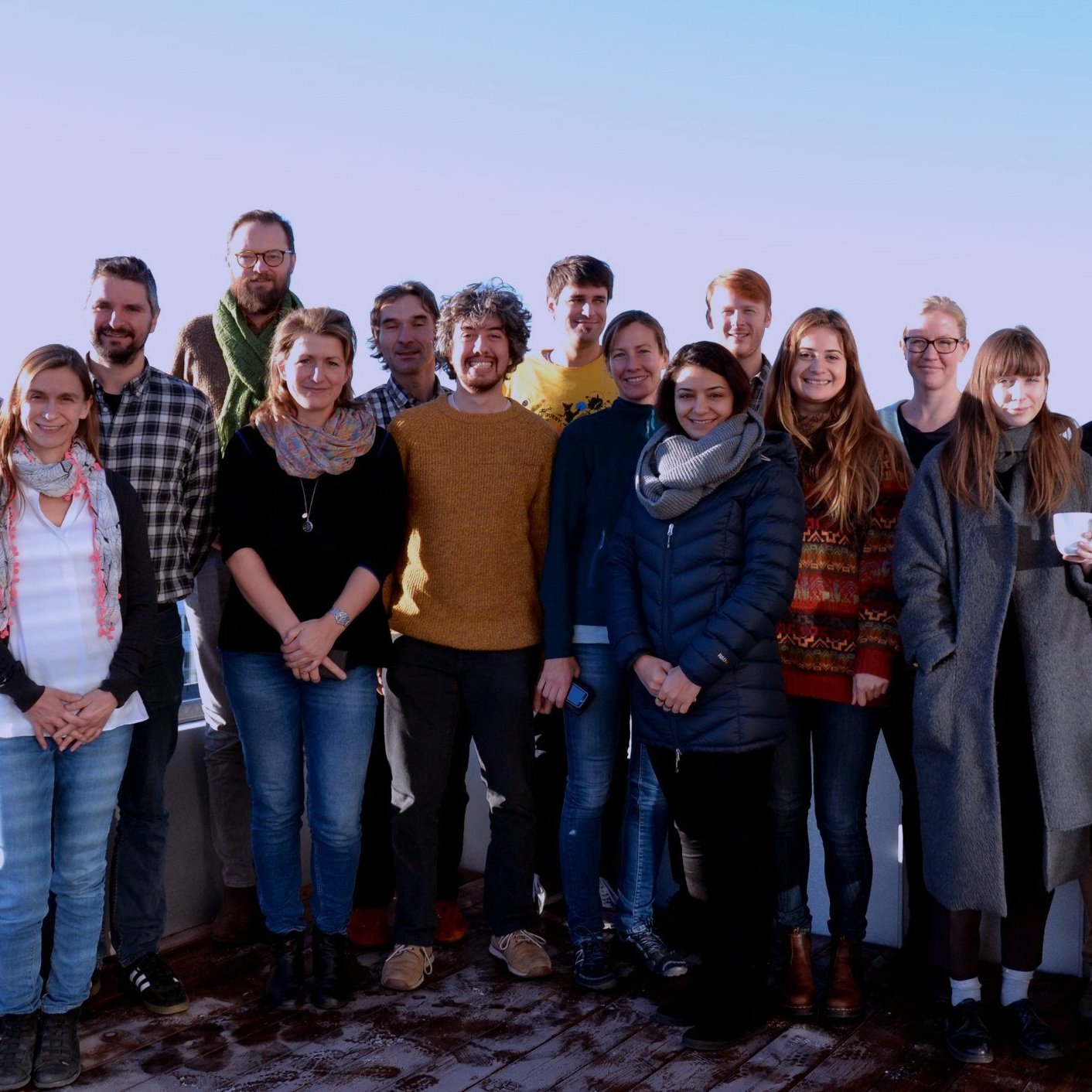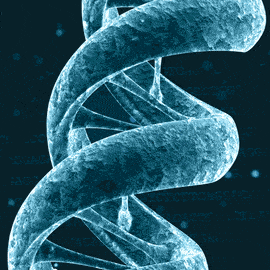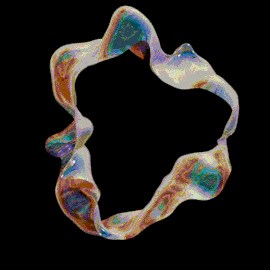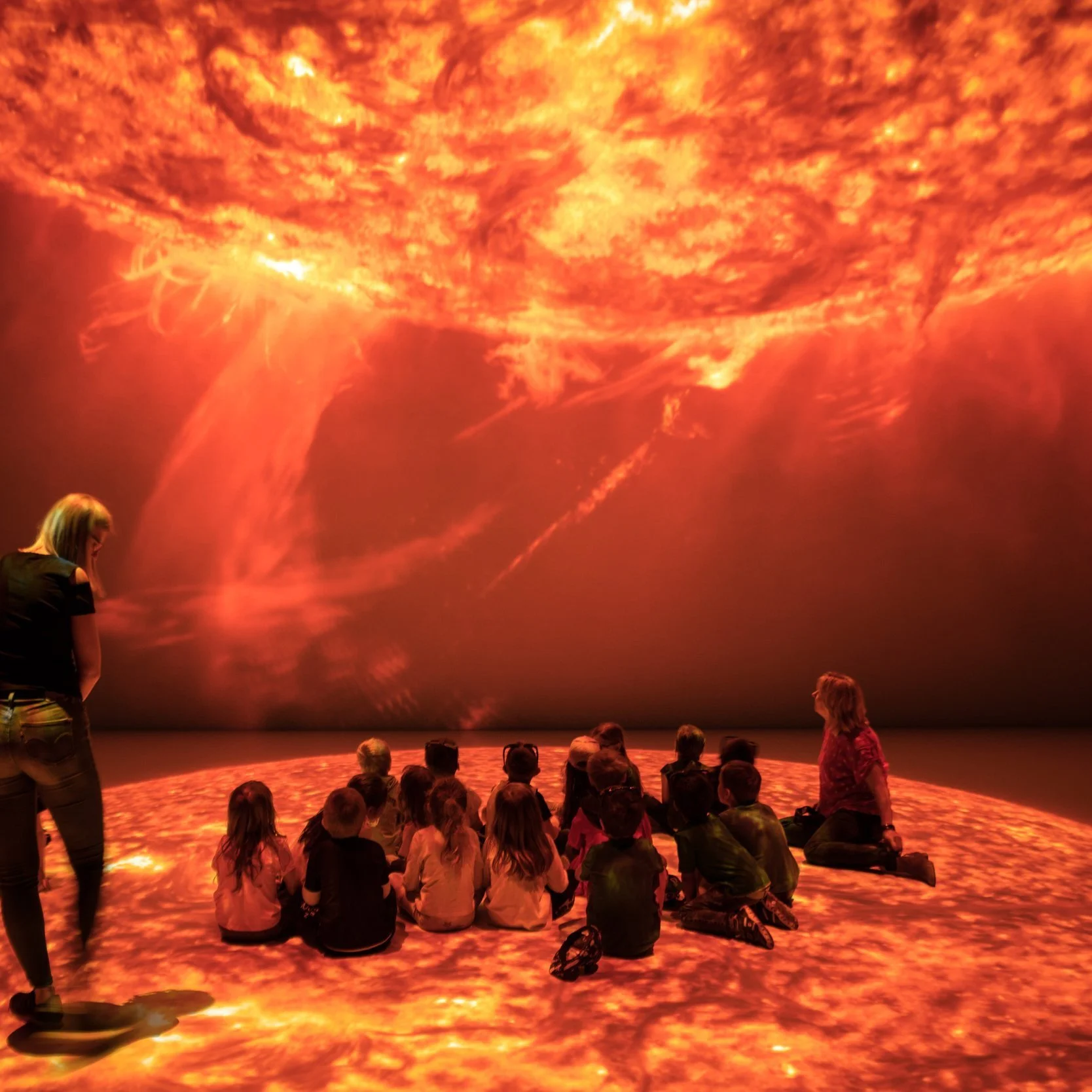The motivating idea behind the whole theme is that of culturing a chemical view of biology to address complex biological questions, according to Andrew Hudson. Therefore, one of its aims will be to foster different types of collaborative interactions. One is to encourage researchers to work with current users of MAX IV and ESS to adopt the use of X-rays and neutrons to address their research problems. Another is to encourage existing users of MAX IV and ESS to augment their beamline studies with other approaches in structural and chemical biology in order to improve the interpretation of X-rays and neutron data.
LINXS and Leicester will share activities
The theme activities will be divided between the University of Leicester and LINXS, and headed by a core group of scientists and researchers from the University of Leicester, Lund University, Nagasaki University and AstraZeneca. It will run across three working groups. 1. Structure, function and dynamics of macro-molecular complexes, 2. Modulating the function and activity of both macro-molecules and small molecules of life using biology, and 3. The role of metals and small molecules in biology. Within the working groups, the focus will be on applying multidisciplinary approaches – enabling the advancements of questions that are beyond the reach of individual techniques.
– It is important to use multiple techniques within structural and chemical biology, for several reasons. Firstly, quite often, a single technique cannot deliver all the information you would want to fully characterise a chemical transformation taking place in biology. Many techniques depend on providing biological molecules in artificial environments, for example crystallography, which requires you to prepare crystals. But an enzyme doesn’t function the same way in a crystal as it would do in a cell, and that is why you need multiple techniques to confirm your results, says Andrew Hudson.
He continues:
– There is already evidence that you can combine CryoEM with SANS for example to gain complementary knowledge on structure and dynamics, and this is something we want to develop within our theme. We also want to combine spectroelectrochemistry (SEC) with beamline experiments to learn more about the intermediate states of enzymes during the course of chemical transformations.
Interesting autumn planned
Theme activities are already underway. On 13-15th September, a joint kick off for working group 3, and a Time-Resolved Crystallography meeting took place in Leicester. The meeting, sponsored by the BBSRC Japan Partnering Award Scheme, aimed to bring researchers from Japan who are developing these techniques together with researchers from the UK and partners with similar interests to present and discuss prospects, progress and results. The second activity is a conference and kick-off for working group two: Modulating the function and activity of both macromolecules and small molecules of life using chemical biology on 18th October in Leicester. It will focus on identifying current challenges and limitations in structural biology that have the potential to be addressed by synthetic chemical biology.
Ambition is to establish collaborations
In addition to exploring the use of multiple approaches and techniques, another aim of the theme is to establish collaborations between people who have experience of using X-rays and neutrons, and those who are new to the facilities. Learning about sample preparation, and preparation of beamline experiments will also be important, as well as enhancing the output from biological experiments by, for example, exploring the use of supporting computational modelling and simulations.
– We expect our PhD students to play a big role in the theme. We see this as an opportunity for them to create a network with students in Lund, and with the people who work on the beamline facilities. Thus, it will be important to identify PhD-projects and exchanges between laboratories of participating researchers.
Onngoing research an ideal outcome
At the end of the theme, Andew Hudson would like to see solid collaborative activity develop between the University of Leicester, Lund University and MAX IV and ESS. For example, the biological questions which are being explored in Leicester, with techniques such as single molecule and nuclear magnetic resonance spectroscopy, and cryo-EM, could be advanced by the use of X-rays and neutron techniques in Lund.
– That would be a good end goal: to have ongoing research projects, and funding to develop our work further, says Andrew Hudson.
Read more about the theme






















